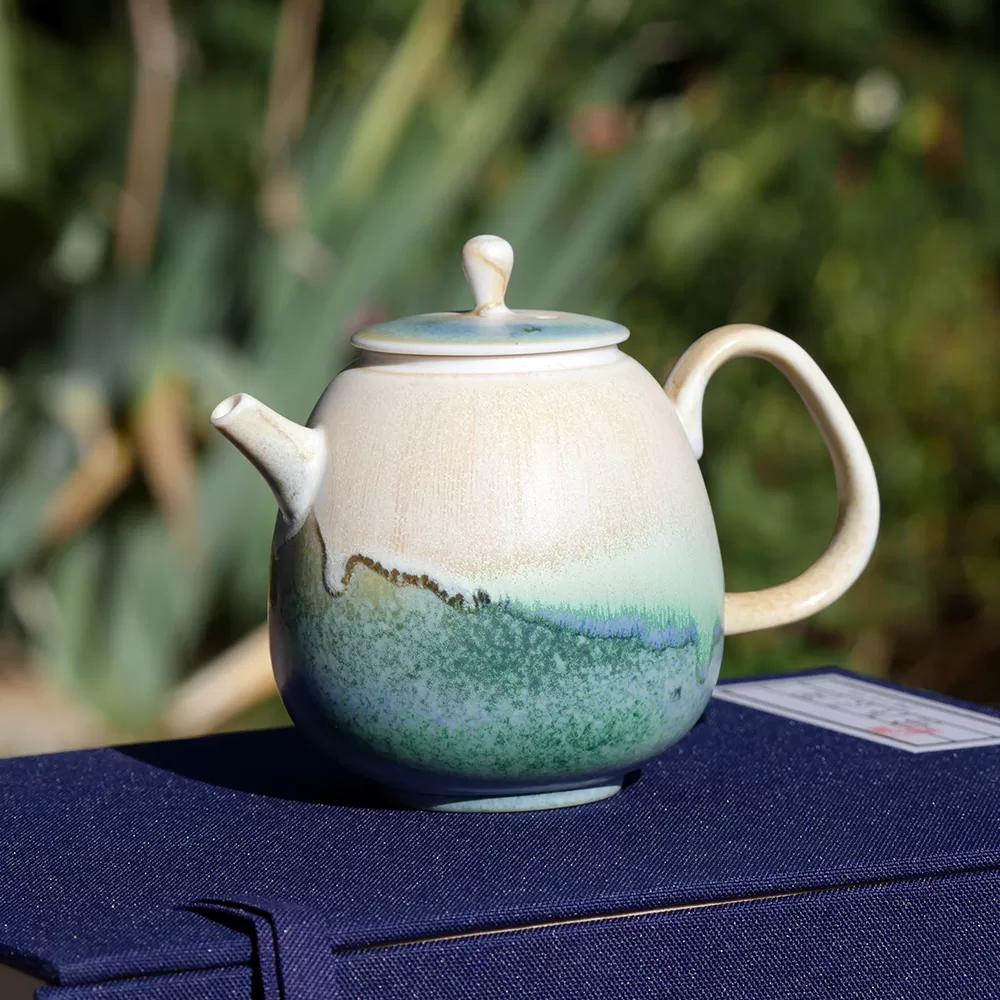Tea is a beverage increasingly preferred by the French. Between coffee and sugary drinks that can have a negative impact on health, tea is a beverage that encourages water intake during the day and provides certain nutrients that are important for health.
However, it's very difficult to choose a teapot that suits all purposes, and several factors need to be taken into account: capacity, manufacturing materials, ease of use, maintenance and of course its price.
With over 10 years' experience and the team's solid knowledge, Tenmo has worked with a dozen artisans specializing in tea. In this article, we'll explain them to you from A to Z.
Capacity :
Depending on your habits, the teapot can have several types of capacity:
- 10 cl: Classic Chinese or Japanese-style tasting teapot.
- 25 cl: Tasting teapot for 2 to 4 people
- 50 cl: Western-style teapot for a mug or large cup.
- 75 cl to 1l: Western-style teapot for 2 or more mugs or large cups.
Shape:
- Traditional Chinese teapot: This form of teapot is composed of 4 elements: The body, the outlet, the handle and the lid. This is the type of teapot most widely used in Asia, and has also given rise to the shape of Western teapots.

Emerald" porcelain teapot
Emerald" porcelain teapot made using the reactive glazing technique
Hand-crafted teapot and electric oven firing
Capacity 25 cl
- Gaiwan" teapot: This form of teapot is very popular with tea lovers in China and Japan, but also increasingly in Europe. It consists of a body in the form of a tea bowl, a lid and a saucer. To pour the tea into the teacups, hold the lid with your index finger, leaving a slight slit, and let the infusion out. This technique makes it possible to filter tea leaves without using a filter.
- Japanese teapots: Known for their cast-iron teapots, Japanese teapots inherit Chinese tea culture while incorporating Japanese Buddhist Zen culture.
Materials and maintenance :
- Porcelain teapot: Porcelain is a highly resistant material that's easy to clean and dishwasher-safe. In addition to its practicality, thanks to its high aluminum content, the material is malleable and can be given different shapes.

Tenmoku "Etoile" porcelain teapot
Handmade porcelain teapot with reactive enamel
Capacity 25cl
- Terracotta teapot: A traditional Chinese teapot from the city of Yixing, it is fired at high temperatures and is relatively porous. We recommend using only one type of tea (green tea, red tea, etc.) in a clay teapot, as it draws out the flavours of the tea, which requires special care.
- Cast-iron teapot: cast-iron is composed of iron, which, according to some specialists, may have a beneficial effect on water hardness. Traditionally used for boiling water, we don't recommend adding tea leaves directly to the teapot, as the presence of metals can alter its taste. However, some teas that require boiling, such as Pu'er or fermented black tea, can be added. As for maintenance, as with all oxidizable utensils, we don't recommend dishwashing, and you should be sure to dry it thoroughly before storing it in your cupboard.
- Glass teapot: Just like glass, glass is reputed to be easy to care for and, above all, to be absolutely neutral, whatever the type of tea being served.
Tenmo is a specialist in teapots and teacups. All our teapots and cups are handmade in collaboration with specialized craftsmen.
To discover our passion for craftsmanship, please read this article published by Actu.fr.


Bravo
What fabulous ideas you have concerning this subject! By the way, check out my website at Articlecity for content about Search Engine Optimization.
Hey there, I love all the points you made on that topic. There is definitely a great deal to know about this subject, and with that said, feel free to visit my blog Articleworld to learn more about Door and Window Services.
You absolutely know how to keep your readers interest with your witty thoughts on that topic. I was looking for additional resources, and I am glad I came across your site. Feel free to check my website Article Sphere about Website Design.